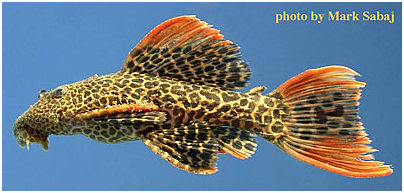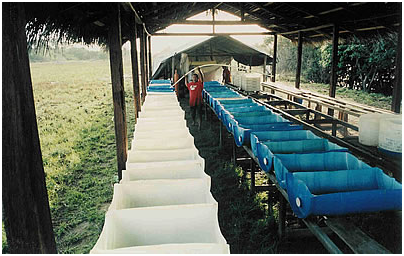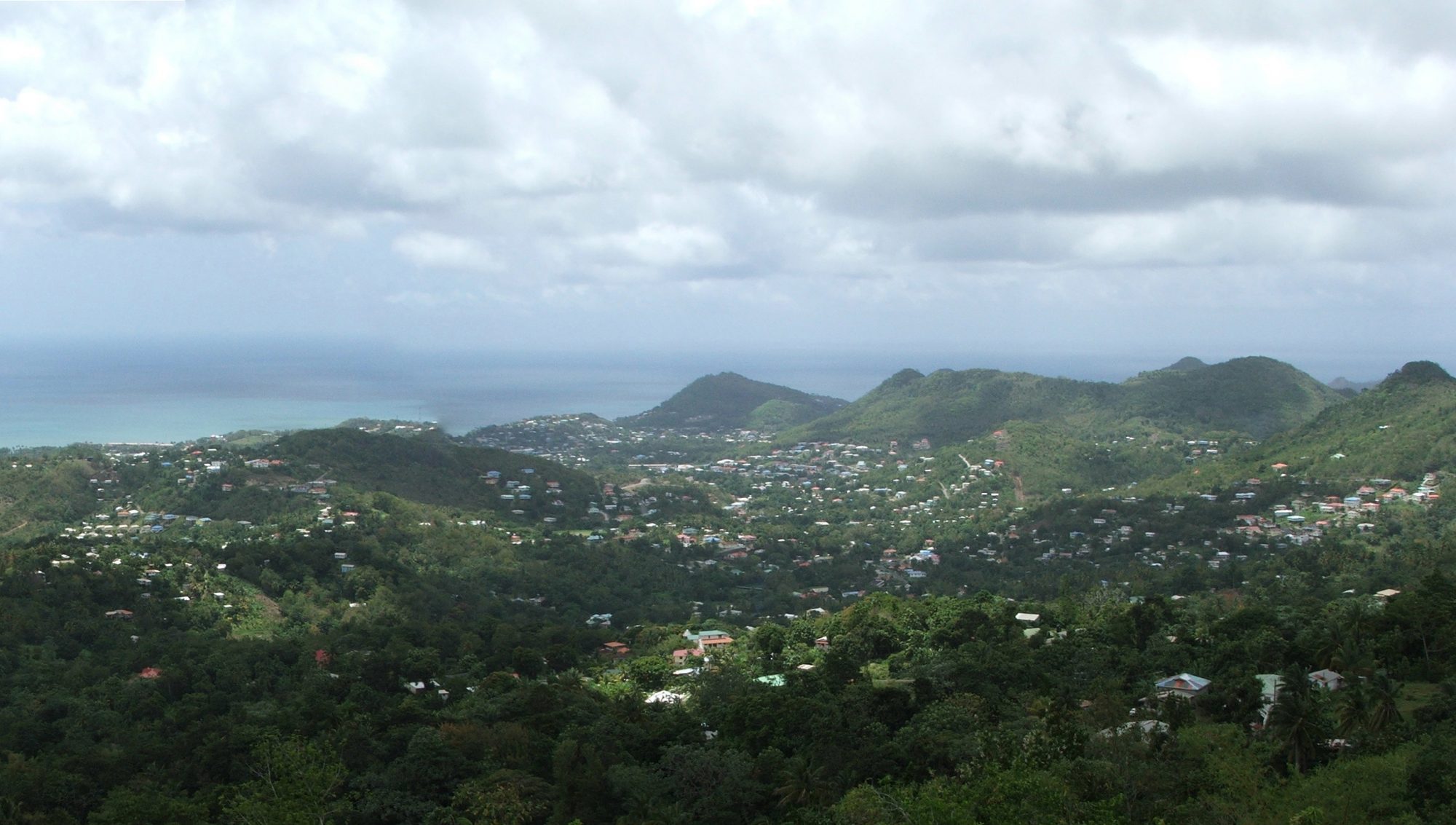Client: Iwokrama International Centre, Guyana. Funded by IUCN-NL
Market development consultant: Ian Watson
Time: XXXX
One of the roles of the Iwokrama International Centre is to find sustainable uses for natural resources in and around the Iwokrama Reserve. The development of the Reserve limited access of some indigenous groups to the natural resources of the forest and this meant that alternative livelihoods needed to be found. The harvesting of ornamental fishes from the Rupununi River and its floodplain has a long history, back to the earliest days of the industry. Indeed, Guyana used to be the principle source of exports in South America, not being displaced until the development of jet airliners allowed direct exports from Manaus (Brazil) to the US. Iwokrama, with funding from IUCN-NL, set up a project to re-establish the trade in Rupununi, but with a strong focus on sustainability and equitable distribution of the benefits of the trade. A community-based enterprise, El Dorado Aquarium Traders was set up through the North Rupununi District Development Board (NRDDB) to manage the business of harvesting and selling ornamental fishes.
A key to the success of the enterprise was to identify market demand for fishes from the Rupununi. Many fishes were incorrectly identified and in some cases, several species were lumped together, meaning that importers could not be sure what they were actually buying. Also, a lack of species differentiation meant that the collectors were often not getting the best price for the fishes they sold. There was a need to tie together the taxonomic studies being carried out on the Rupununi with market information in order to find out what species should be harvested and what prices the collectors could expect. Protection of the resource was given a high priority and the collectors carry out constant monitoring of catches in order to ensure that the fishery is being harvested sustainably. From the end of the project, El Dorado Aquarium Traders have sought to ensure to that overfishing is not taking place by seeking independent verification of their catch data.
Market surveys were carried out to determine the needs of importers in what were identified as the main markets for fishes from Guyana. These were then fed back to El Dorado and the Guyanese exporters to inform them of the new market possibilities which existed for them and the importance of correct identification of fishes. To aid identification, a CD catalogue of images of fishes available from the Rupununi was produced and sent to El Dorado, the exporter and to some importers in the EU. Using images of the fishes gets around the problem of knowing just what is being offered on stock lists. Comparative prices, using trade data from other South American countries were used to determine likely prices for novel fishes which had not been exported before and thus to give a starting point for negotiations between the collectors and the exporters. The market surveys also helped to identify some key weaknesses in the trade which needed to be addressed and training was given to the collectors to introduce better working practices for the collection, holding, handling and shipping of fishes.
El Dorado could not exist as a business purely on the basis of a sustainable fishery; clearly it also had to be a sustainable business. It was identified early on that a well run and strong business was a key element of the overall sustainability of the whole operation. A three-year business plan was developed in collaboration with NRDDB to determine whether the business would be truly sustainable and to identify the essential steps needed to develop the business in order that it could provide employment in the long term and that sufficient profits would be generated to enable funds to be spun off into other community development schemes in Rupununi. The business had much of its development costs funded by donor programmes, which meant that effectively it began with no debt and no requirement for further financing. The cash flow forecast, profit and loss account and balance sheet all indicated that the business should be successful and that with prudent retention of working capital, it would be able to yield sufficient profits to allow the development of NRDDB’s other enterprise funds within three years.
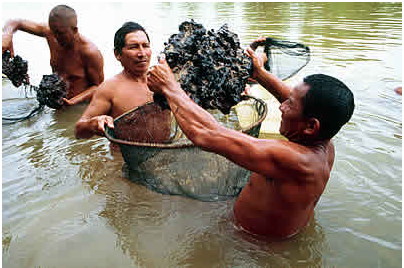
Rocks are replaced carefully to keep the habitat intact
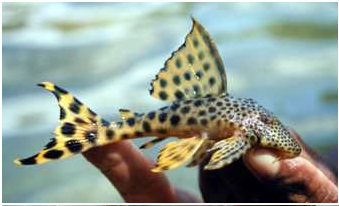
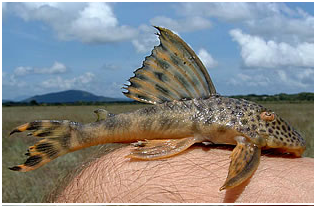
.
